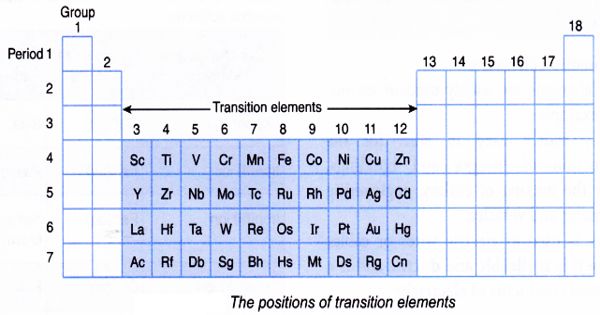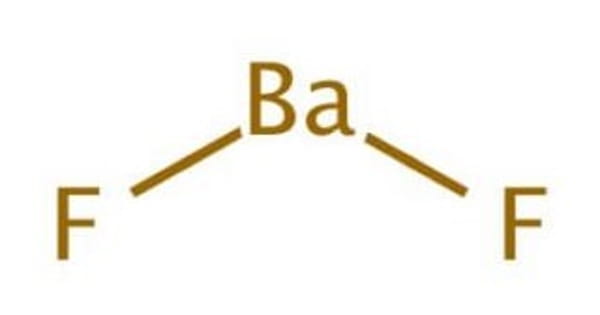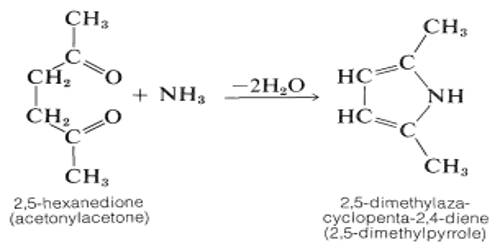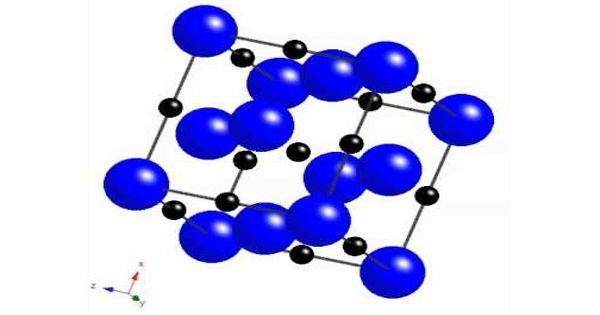The transition metals are a group of metals that are found in the middle of the periodic table. It is any of various chemical elements that have valence electrons—i.e., electrons that can participate in the formation of chemical bonds—in two shells instead of only one. The alkaline earth metals, beginning with beryllium are to the left and the boron group elements are to the right. The terms transition metal and d block element are sometimes used as if they mean the same thing. The term “transition element” was invented for them in 1921.
The atomic numbers of these metals are from 21-30, 39-48, 57, 72-80, 89, and 104-112. While the term transition has no particular chemical significance, it is a convenient name by which to distinguish the similarity of the atomic structures and resulting properties of the elements so designated. Many elements like Zn, Cd, Hg, La, and Ac have a highly debatable position in the transition series of elements. They occupy the middle portions of the long periods of the periodic table of elements between the groups on the left-hand side and the groups on the right. La and Ac are also classed in the lanthanide series and actinide series respectively.

Properties
Transition metals have several general properties. The most striking similarities shared by the 24 elements in question are that they are all metals and that most of them are hard, strong, and lustrous, have high melting and boiling points and are good conductors of heat and electricity. They are harder and less reactive than alkaline earth metals. They are also harder than the post-transition metals. The range in these properties is considerable; therefore the statements are comparative with the general properties of all the other elements. They make colorful chemical compounds with other elements. Most of them have more than one oxidation state. Like other metals, they are electrical conductors.
Uses
Some of the transition metals are necessary to keep humans healthy, such as iron, zinc, and chromium. Many of the elements are technologically important: titanium, iron, nickel, and copper, for example, are used structurally and in electrical technology.
Other elements in the transition metals can be harmful to our body, like cadmium and mercury. Other elements like gold or silver do not harm or help us. The transition metals form many useful alloys, with one another and with other metallic elements. There are more transition metals than any other groups in the periodic table.
Information Source:
















